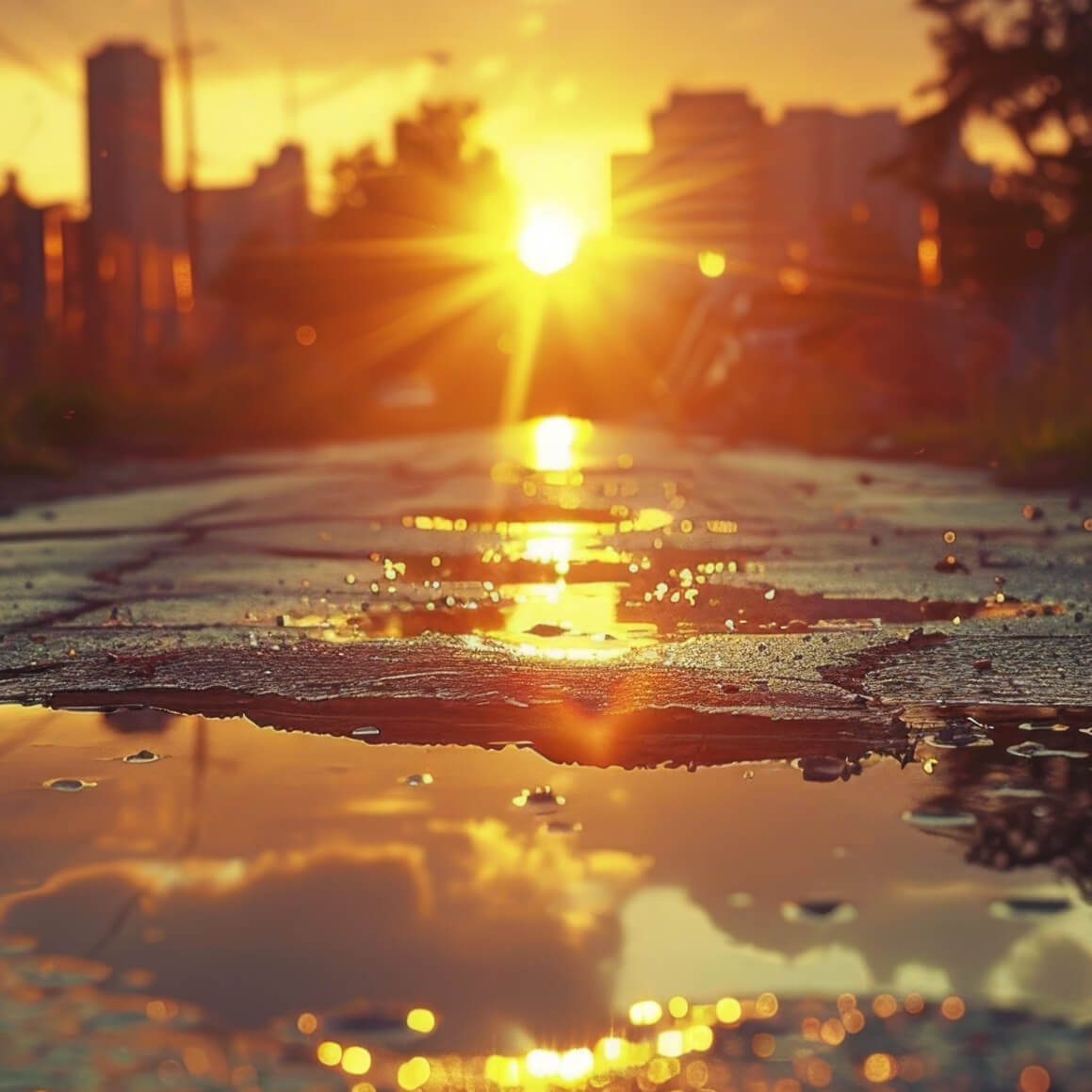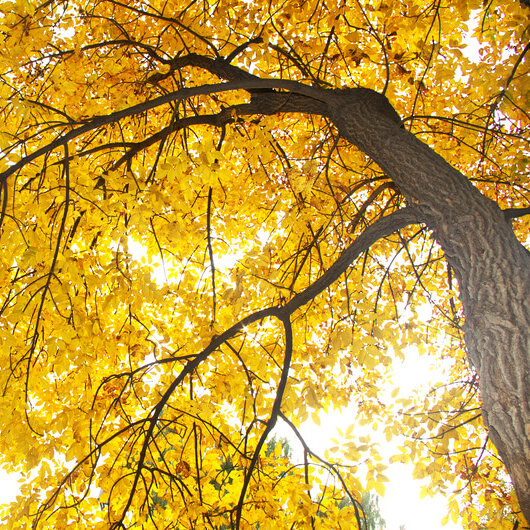You’ve probably heard of layers in the canopy – tall trees, then understory trees and shrubs, with annuals and perennials at ground level. Each layer provides food, habitat, and water quality benefits. There is one more beneficial layer that is frequently discarded but well worth mentioning: It’s leaf litter. The only kind of litter that should be left on the ground!
Here’s a short list of the many benefits of leaf litter.
- Keeps soil temperature more consistent- insulates against cold and heat.
- Recycles nutrients from the plants themselves providing just what the plants need.
Lots of critters live in leaf litter; worms and millipedes, caterpillars and pill bugs. As they chew on leaves and move around, they break it into smaller pieces. Fungi and bacteria then break it down further into nutrients that can be used by plants.
- Leaf litter is a layer of life.
Brown thrashers and some other feed primarily on the bugs living in leaf litter. Frogs, skinks, turtles, and others can benefit, too. Every resident there is connected to the food web and so lowly leaf litter can actually create a more diverse habitat.
- Over time, leaf litter will create a rich, moisture retentive soil where plants can thrive.
- And it’s FREE!
Thinking about keeping those leaves? Here’s what you can do…
- If you have a few leaves on your lawn, use a mulching mower and let them feed the lawn.
- More leaves? Mow with the bag attached to the mower and place in garden beds.
- Rake leaves into garden beds. Beds with shrubs and plenty of plant stems will keep most of the leaves where they are when the wind blows.
- Rake leaves into a corner of the yard and let them decompose then use as a soil amendment.
- Add the leaves to your compost pile.
It’s understood that not all properties have the space to keep their leaves, but let’s not think of them as a problem to be disposed of.
Improve your soil, create habitat, keep your leaves.







